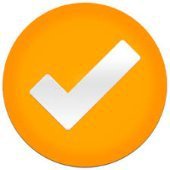USB drive letters still visible even after ejecting and disabling
-
Similar Content
-
Accessing USB Drive in CMD without knowing Drive Letter
By Guest MaikQL,
- 0 replies
- 13 views
-
Windows 11 not allocating a drive letter to a new USB CD/DVD Drive
By Guest Graham Kidd,
- 0 replies
- 15 views
-
how do i click change drive letter
By Guest berzerkerdur113,
- 0 replies
- 24 views
-
- 1 reply
- 172 views
-
NO THUMBNAILS VISIBLE AFTER IMPORT FROM EXTERNAL DRIVE
By Guest Lit Content,
- 0 replies
- 13 views
-



Recommended Posts